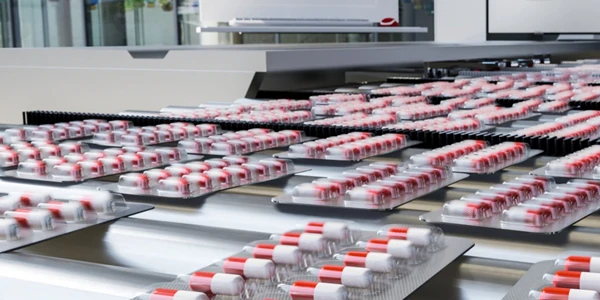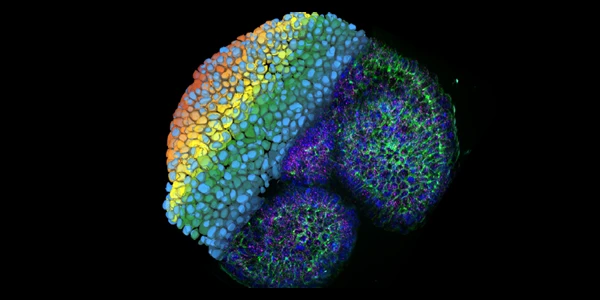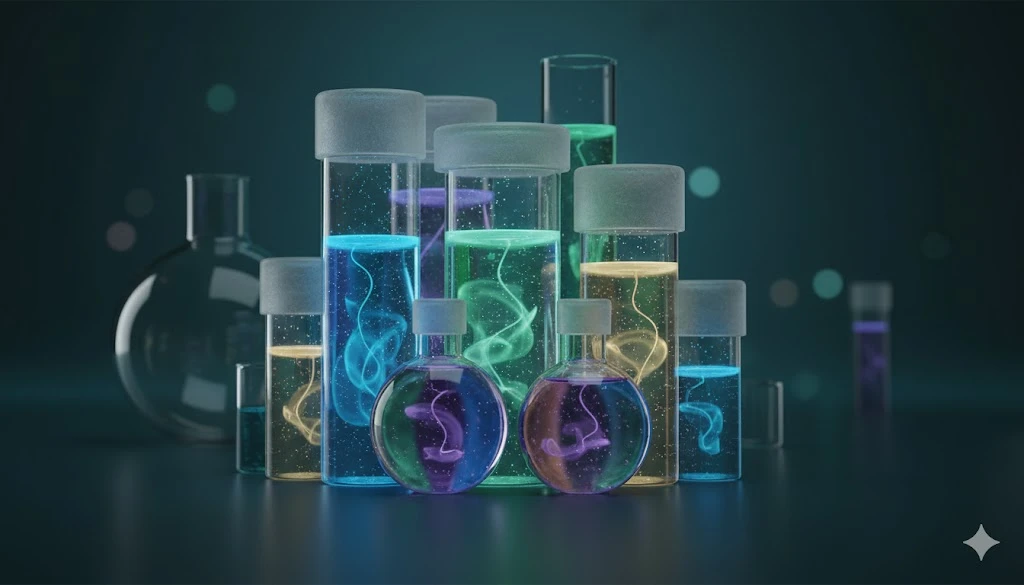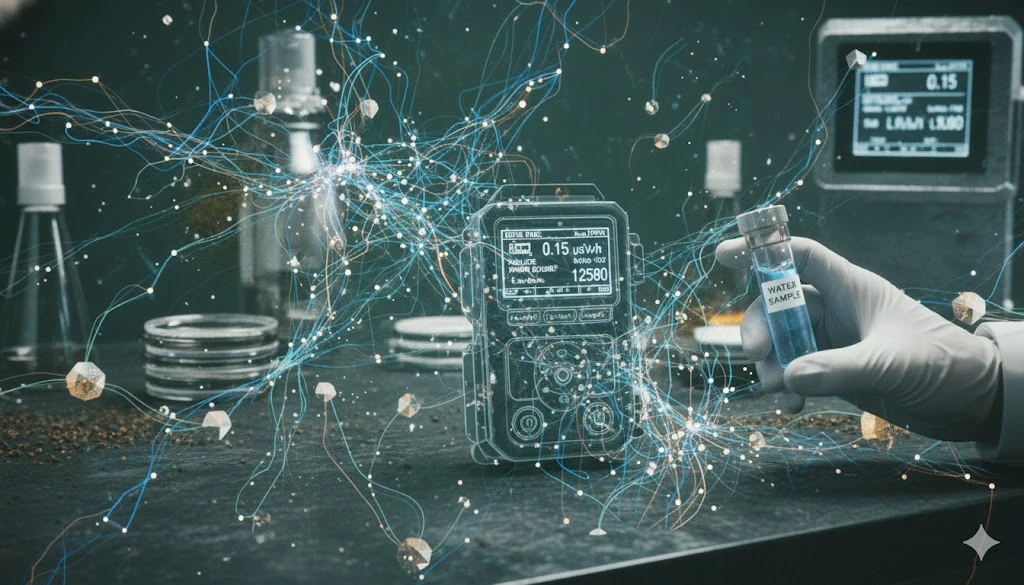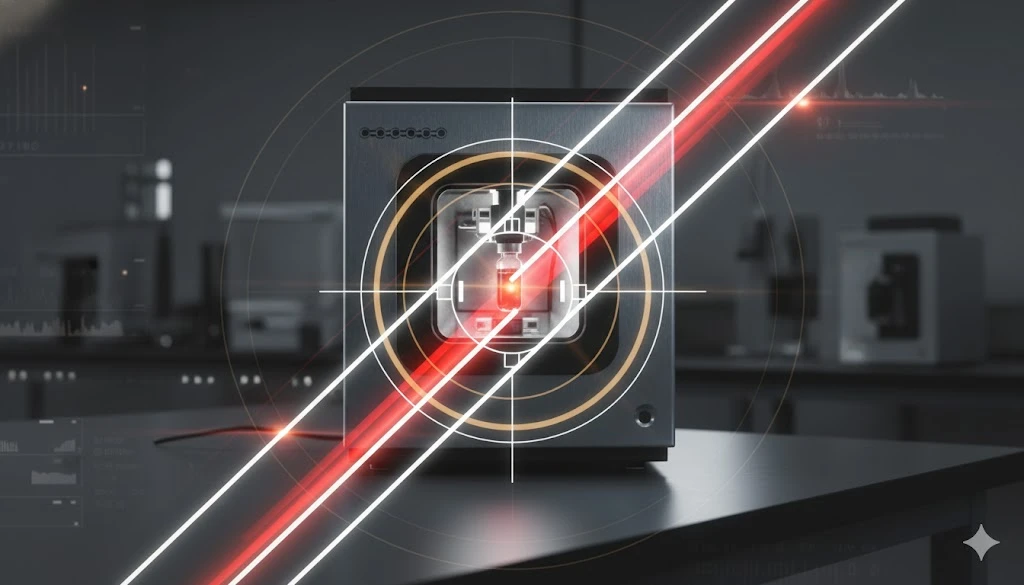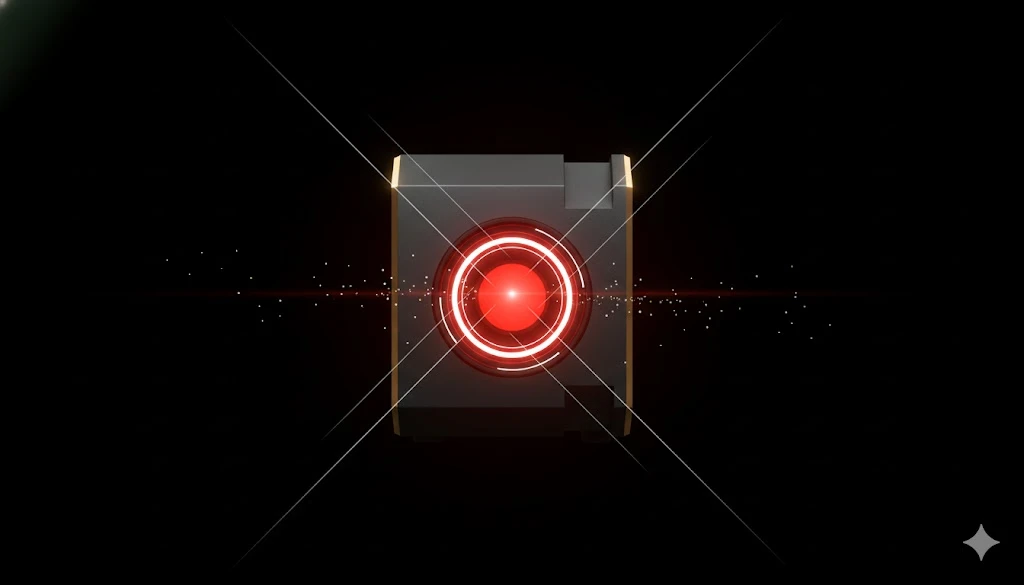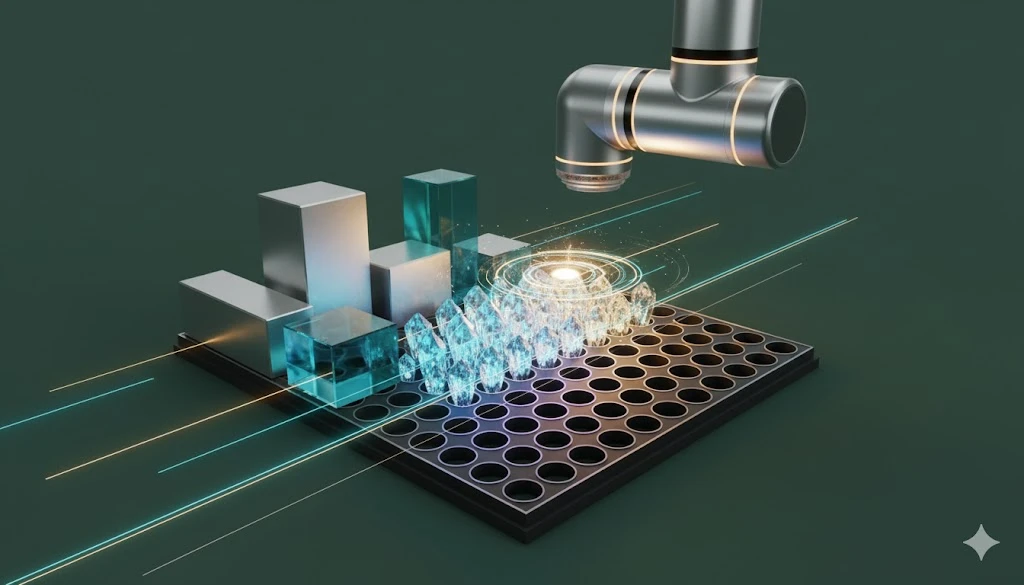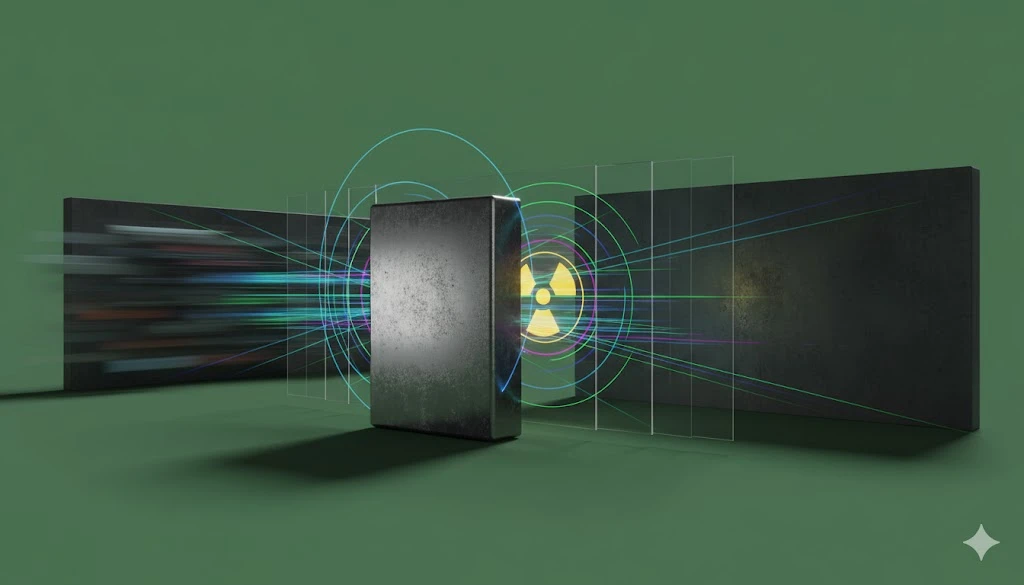Sample Preparation and Library Construction for High-Quality Sequencing
GEMINI (2025) The reliability of any massive parallel sequencing experiment is fundamentally dependent on the quality of the prepared library, making robust library construction the most critical upstream step in a genomics workflow. Achieving consistent and reproducible results requires meticulous attention to detail during sample handling and preparation, which are the prerequisites for high-quality-sequencing data generation. The shift toward complex applications, from single-cell analysis to long-read approaches, places immense pressure on laboratory protocols to yield libraries that accurately represent the native nucleic acid landscape without introducing bias or artifacts. Understanding the foundational chemistry and rigorous quality control required for proper library construction is essential for all advanced genomics applications. The performance of any downstream library construction protocol is inextricably linked to the purity, concentration, and integrity of the starting nucleic acid material. Inadequate or degraded samples frequently result in low sequencing yield, high adapter dimer content, and unreliable results, compromising the entire high-quality-sequencing project. Therefore, a multi-faceted approach to nucleic acid quality control (QC) is non-negotiable. Purity Assessment: Contamination by proteins, organic solvents (such as phenol or ethanol), or chaotropic salts can inhibit enzymatic reactions integral to library construction, including adapter ligation and PCR amplification. Purity is typically assessed using spectrophotometry, focusing on the The The Integrity Assessment: The fragmentation status of the nucleic acid is the most important factor influencing successful library construction and subsequent high-quality-sequencing. DNA integrity is often measured using the DNA Integrity Number (DIN) or equivalent metrics, while RNA integrity is measured using the RNA Integrity Number (RIN). For degraded or formalin-fixed, paraffin-embedded (FFPE) tissue samples, metrics like the The central objective of library construction is the conversion of long, native nucleic acid strands into a pool of short fragments, each flanked by specific oligonucleotide adapters. These adapters are essential for binding to the flow cell surface, facilitating the sequencing reaction, and enabling multiplexing. This conversion relies on a standardized chemical cascade: fragmentation, end-repair, and adapter ligation. Fragmentation: The initial step involves reducing the high-molecular-weight DNA or RNA into fragments of the desired size distribution (typically Mechanical Shearing: Methods like sonication (e.g., Adaptive Focused Acoustics) or nebulization offer highly reproducible, sequence-independent fragmentation profiles. This is often preferred for whole-genome sequencing applications. Enzymatic Digestion: Utilizing sequence-specific or sequence-independent endonucleases to cut the nucleic acid. This approach is often quicker and requires less input material but may introduce some sequence bias. End Repair and A-Tailing: Following fragmentation, the resulting DNA ends are often blunt or possess overhangs, which are incompatible with direct ligation. The end-repair process converts these varying ends into blunt-ended DNA suitable for the next step. For platforms that utilize T-A ligation (such as Illumina), a subsequent A-tailing reaction is performed, where a single deoxyadenosine ( Adapter Ligation: This critical step covalently attaches the sequencing adapters to the prepared DNA fragments. The adapter itself is a complex molecule containing several functional regions: sequences for flow cell binding, primer binding sites for cluster generation or sequencing initiation, and unique index sequences (barcodes) for sample multiplexing. The efficiency of the ligation reaction directly affects the final library yield and is a major determinant of high-quality-sequencing success. Subsequent cleanup steps, typically using solid-phase reversible immobilization (SPRI) beads, are then necessary to purify the adapter-ligated fragments and remove excess free adapters or small molecules that could interfere with downstream cluster generation. Achieving high-quality-sequencing is not solely about successful library construction chemistry; it also requires implementing optimization strategies that manage inevitable technical biases and maximize the reliable data output per sequencing run. Polymerase Chain Reaction (PCR) Optimization: While single-molecule sequencing often bypasses PCR, most short-read protocols still require amplification to generate sufficient material for cluster generation. Minimizing PCR cycles is paramount, as excessive amplification can exacerbate biases, leading to sequence over-representation (jackpotting) of certain fragments. When amplification is necessary, the inclusion of Unique Molecular Identifiers (UMIs) is a powerful technique. UMIs are short, random oligonucleotide tags incorporated during the early stages of library construction. By computationally grouping reads that share the same UMI, bioinformatic analysis can count the original molecules rather than the PCR duplicates, thus correcting for amplification bias and significantly improving the quantitative accuracy of the high-quality-sequencing data. Size Selection and Normalization: Precise size selection following adapter ligation is crucial, especially for applications like RNA-Seq, to exclude undesirable fragments such as adapter dimers or ribosomal RNA (rRNA) species. Size selection is often performed using adjustable ratios of SPRI beads. Furthermore, normalization—adjusting the concentration of each library in a multiplexed pool—ensures that each sample contributes an equitable number of reads to the total sequencing output. Accurate normalization is essential for cost-effective and high-quality-sequencing, preventing over-sequencing of high-concentration libraries and under-sequencing of low-concentration ones. The core steps of fragmentation and ligation are modified substantially to accommodate specialized experimental designs, demanding highly optimized protocols for robust library construction. Application Library Construction Modification Purpose in High-Quality Sequencing RNA Sequencing (RNA-Seq) Requires removal of ribosomal RNA (rRNA) or poly(A) selection prior to cDNA synthesis and subsequent library construction. Ensures sequencing depth focuses on coding and regulatory transcripts, enabling high-quality-sequencing of the transcriptome. Long-Read Sequencing (e.g., PacBio/ONT) Utilizes minimal-shear protocols and specialized adapters (e.g., hairpin adapters for PacBio) to preserve ultra-long molecules. Maximizes read length to resolve large structural variants and complex repetitive regions, improving the fidelity of high-quality-sequencing. Epigenetic Profiling (e.g., ChIP-Seq, ATAC-Seq) Requires highly sensitive, low-input library construction with rapid and efficient adapter insertion near specific sites (e.g., open chromatin regions). Captures transient or low-abundance regulatory signals, necessitating a robust library construction method to avoid artifactual results. Single-Cell Genomics Involves unique tagging mechanisms (cell and molecular barcodes) and droplet-based partitioning during the initial library construction phase. Enables concurrent analysis of gene expression or chromatin state from thousands of individual cells, a prerequisite for high-quality-sequencing in heterogeneous populations. The evolution of these specialized library construction kits has democratized complex assays, making challenging applications like targeted methylation analysis and single-cell whole-genome sequencing routine in modern laboratory settings. The final barrier to entry for the sequencer is a comprehensive post-library construction QC assessment. This stage confirms that the preceding preparation steps were successful and that the library meets the stringent requirements for flow cell loading. Quantification: Accurate measurement of the final, adapter-ligated, and purified library concentration is mandatory for proper cluster generation and to ensure the correct number of molecules are loaded onto the flow cell. Methods include: Qubit or NanoDrop Spectrophotometry: Provides total nucleic acid concentration, but does not distinguish between sequencing-ready library molecules and free adapter dimers or other contaminants. qPCR-based Quantification: This is the gold standard for high-quality-sequencing preparation. Quantitative PCR measures the concentration of molecules that are actually capable of binding to the flow cell, providing the most accurate estimate of the effective concentration for loading. Size Distribution Analysis: Following quantification, the final library size distribution is verified using microfluidic electrophoresis systems, such as the Agilent Bioanalyzer or TapeStation. This analysis confirms that the fragments fall within the target range ( The transition from raw biological sample to clean, interpretable genomic data is a multi-step process defined by the integrity of the library construction workflow. Failures at the initial QC stage, inefficiencies in fragmentation or ligation, or inadequate post-ligation cleanup can cascade, leading to the generation of unreliable or low-yield data. By adhering to rigorous quality control standards at every step—from sample integrity assessment and precise size selection to final qPCR-based quantification—laboratories can ensure that their outputs meet the demanding fidelity required for high-quality-sequencing. This systematic approach is crucial for extracting meaningful biological insights and maintaining the reliability and reproducibility of all sequencing-based research and clinical applications. What is the The Why is qPCR quantification the preferred method for high-quality-sequencing library loading?
qPCR quantification is preferred because it measures the number of molecules that contain the necessary flow cell binding sites and index primers, providing an accurate, functional concentration of the sequencing-ready library rather than just the total mass of nucleic acid fragments, ensuring optimal cluster density for high-quality-sequencing. How do Unique Molecular Identifiers (UMIs) improve the quality of sequencing data?
UMIs are random tags added during early library construction that allow bioinformatic analysis to distinguish between original template molecules and copies generated during PCR amplification, effectively correcting for amplification bias and enhancing the quantitative accuracy of the high-quality-sequencing experiment. What is the importance of size selection during the library construction process?
Size selection is important because it removes excessively long or short DNA fragments and minimizes the presence of adapter dimers, ensuring that the library consists primarily of fragments within the optimal size range required for efficient clustering and high-quality-sequencing performance. This article was created with the assistance of Generative AI and has undergone editorial review before publishing.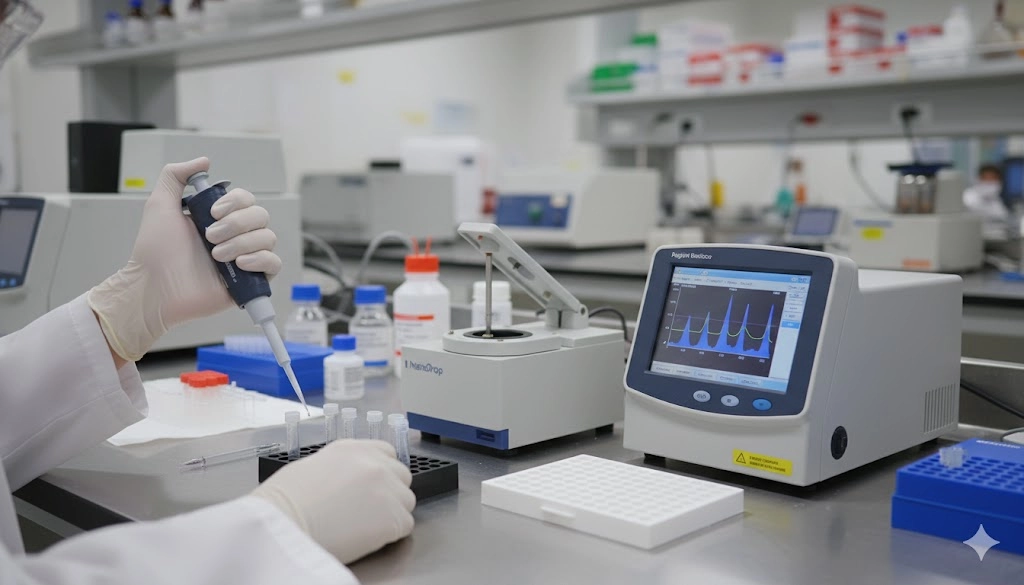
Nucleic Acid Quality Control: The Foundation for High-Quality-Sequencing
Core Steps of Library Construction: From Fragmentation to Adapter Ligation
Minimizing Bias and Maximizing Yield for Optimized High-Quality-Sequencing Data
Advanced Library Construction for Specialized Genomic Applications
Post-Library Construction QC: Ensuring High-Quality Sequencing Outcomes
Sustaining Reliability and Reproducibility in High-Throughput Library Construction
Frequently Asked Questions (FAQ)
